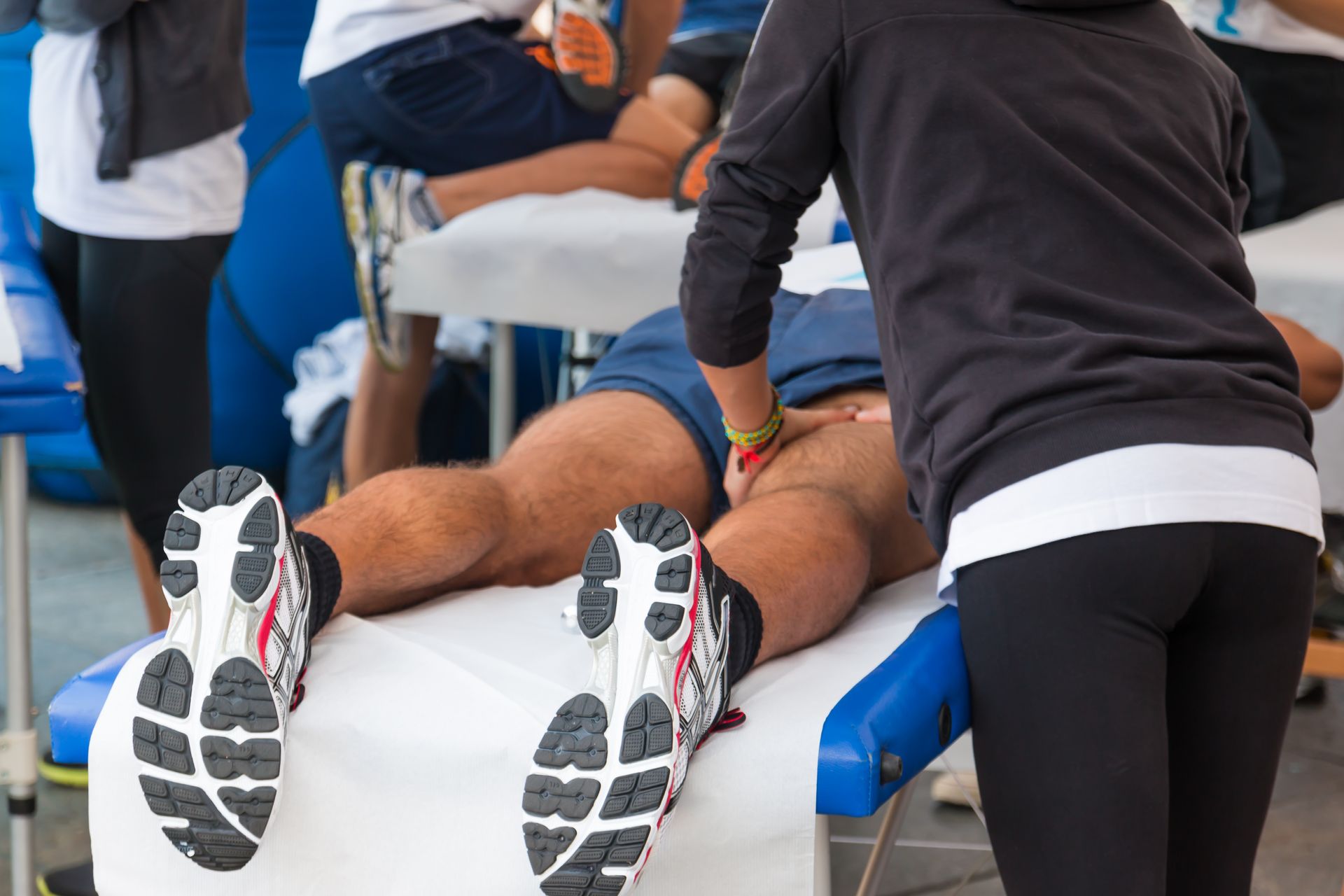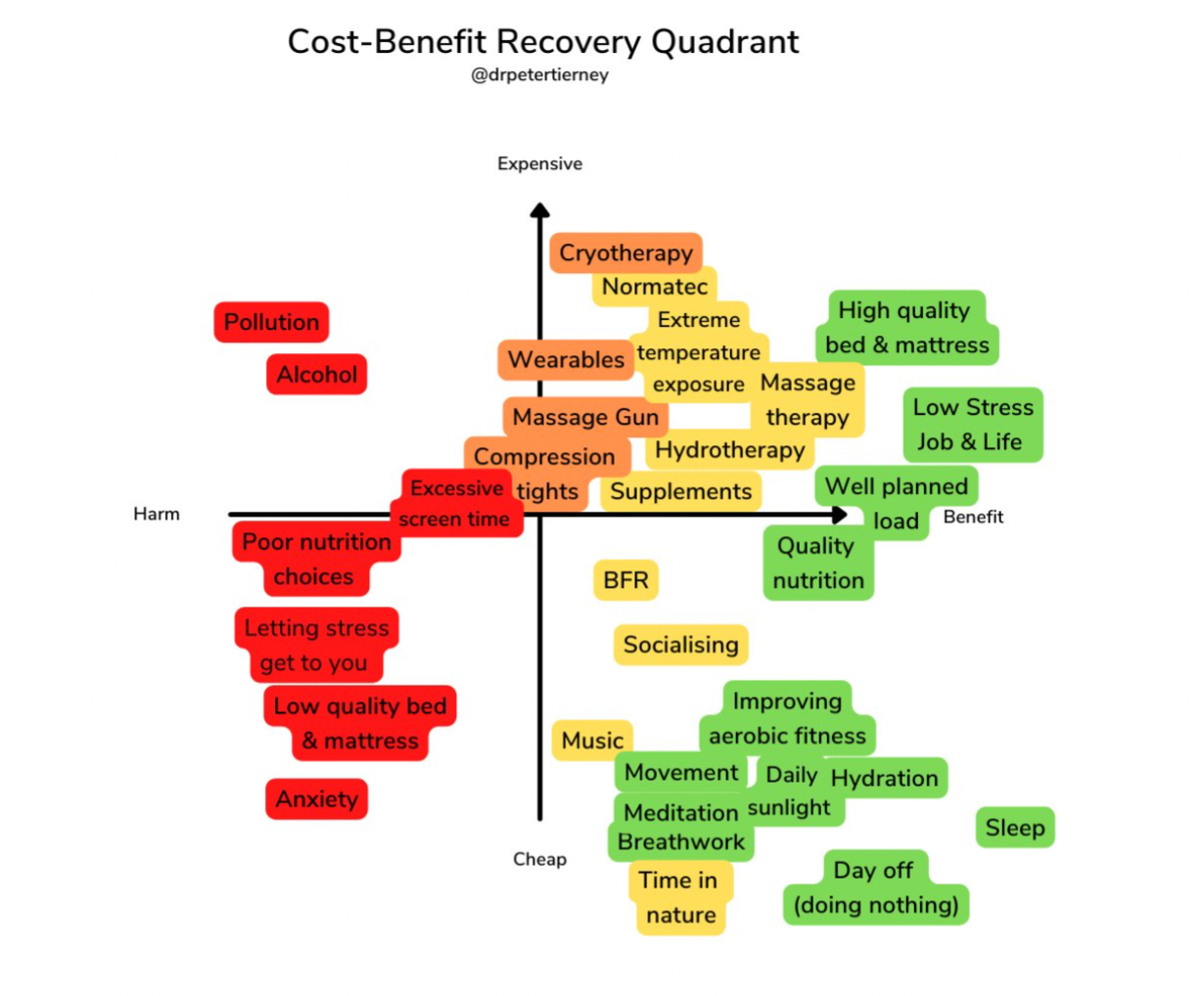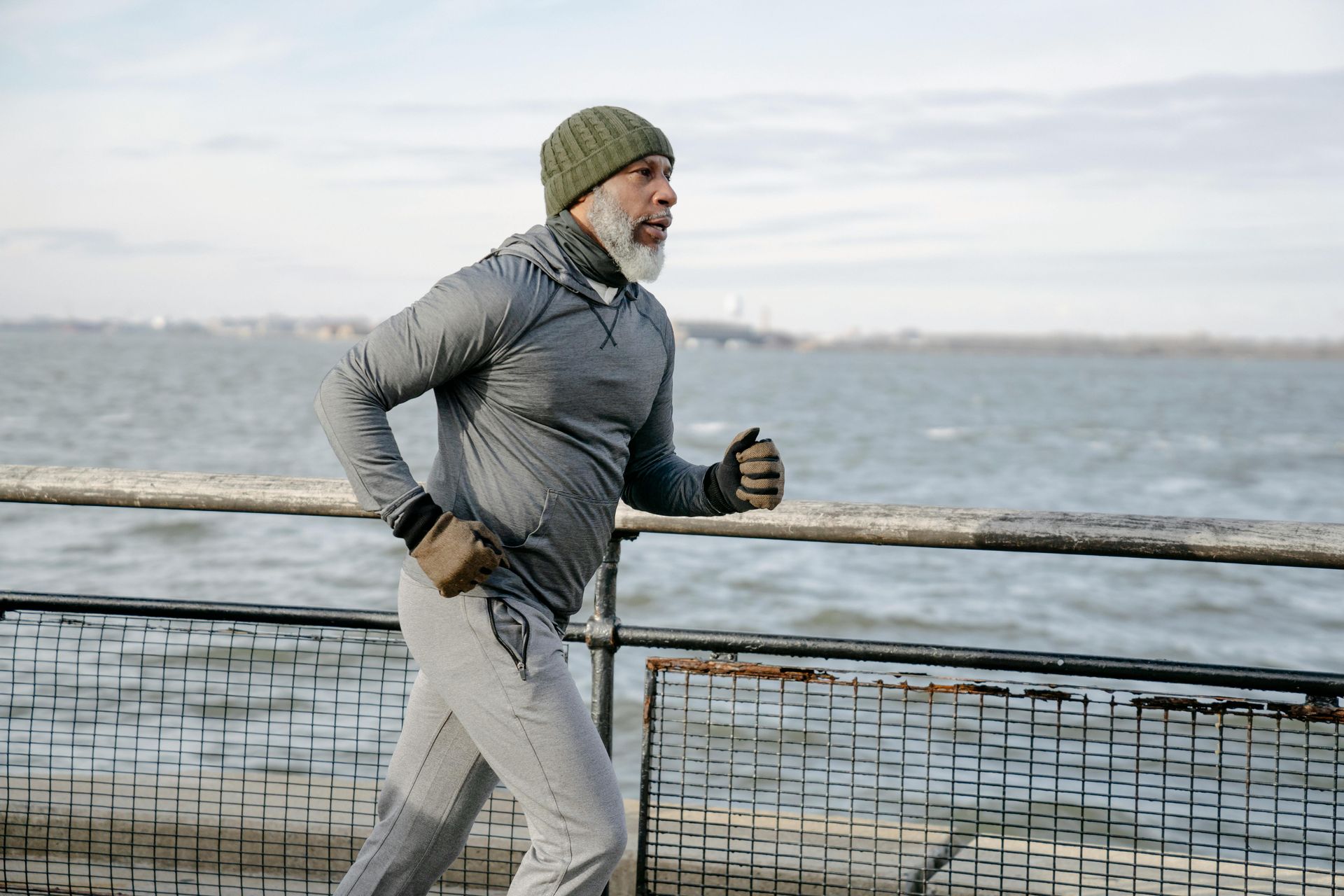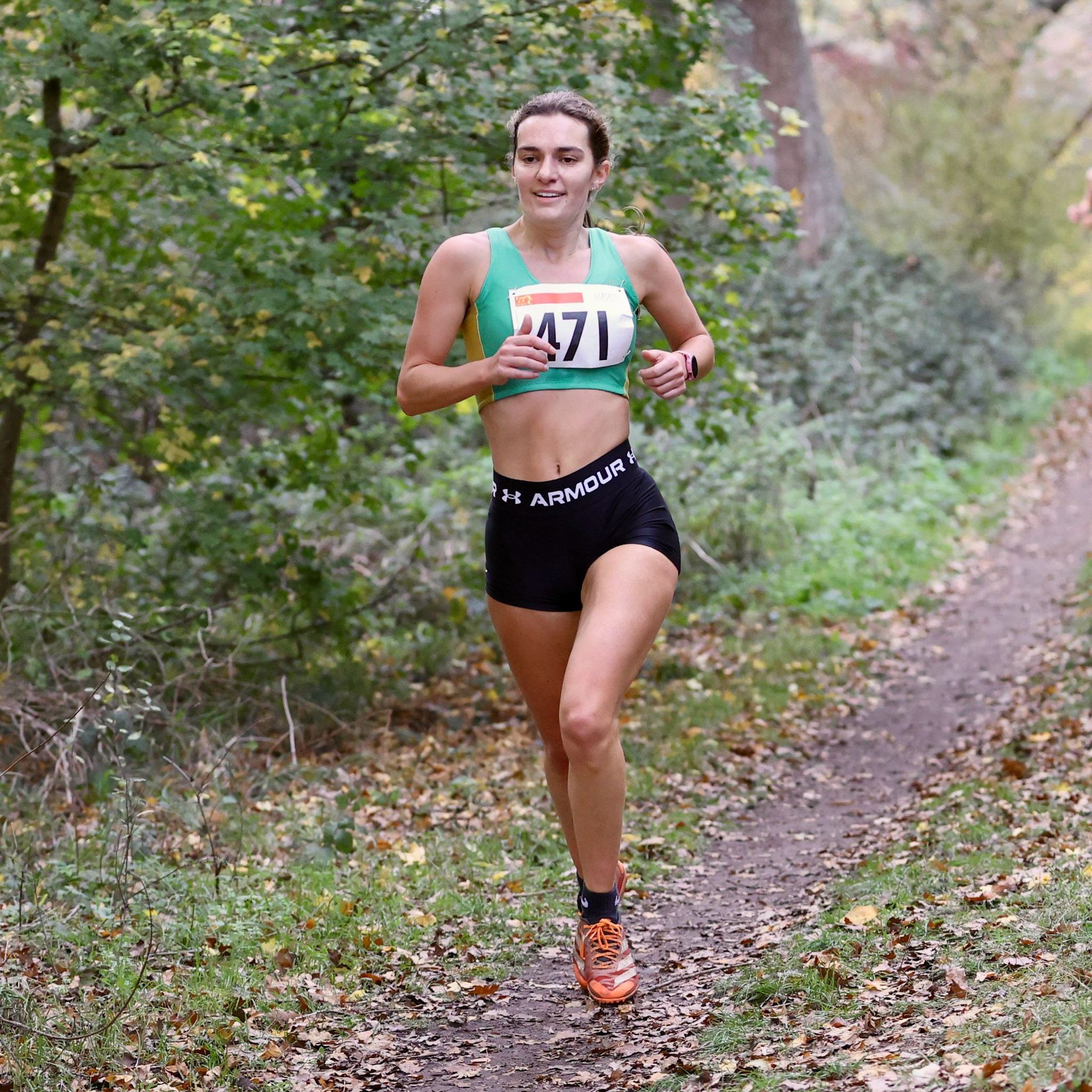How to Get The Biggest Bang For Your Buck in Recovery?
Living an overall healthy lifestyle is the most important step you can do to help maximise your recovery from your workout.

How Long Does Muscle Recovery Take?
Depending on your fitness levels and the difficulty of your workout will vary the time that it takes for your muscles to recover.
The volume, intensity, and duration of your workout all play a significant factor on how demanding it is on your body. After a light workout, your muscles may take 24 hours to recover, however a more challenging training session might take two to three days.
Factors hat can affect your recovery time:
- Sleep quality
- Nutrition
- Stress levels
Despite what you might see on social media, fitness blogs, and your local gym there is no better way to help recovery than eating nutritional foods and getting good quality night’s sleep.
Dr Peter Tierney has developed a great visualisation for the best ways to recover.

Sleep
Sleep enables your muscles time to recover from exercise. The benefits of sleep are tied to Human Growth Hormone (HGH) stimulating protein synthesis which peak during sleep helping stimulate muscle growth and repair. Lack of sleep can also cause inflammation in the body, which often result in muscle aches and pains.
Sleep is best measured in cycles. One cycle lasts about 90 minutes while an average adult needs for to six cycles every 24 hours to enhance recovery.
Quality Nutrition
Protein – when you exercise, the proteins that make up your muscle fibres become damaged. Consuming protein after a workout can give your body the help it needs to repair the damaged tissue.
To maximise muscle growth an average adult should aim between 1.8 – 2.4 g of protein perKg of bodyweight.

Massage
Massage is proven to improve recovery to help reduce muscle soreness by relieving tightness and tension with an increase in tissue elasticity. An increase in tissue elasticity occurs as muscle temperature increase due to an increase in blood flow.
So, we’ve touched upon a few ways you can help your recovery post training. Perhaps you want to join us next month for a few recovery tools, Normatecs and Ice Baths, that you may have seen on social media and in the news and how they can help you enhance your performance.
Chelmsford Physio
Riverside Leisure Centre, Victoria Rd, Chelmsford CM1 1FG



